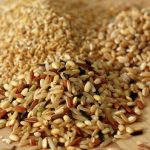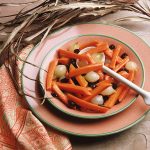
Whether you’re tailgating, cooking for a potluck or bringing in a treat for co-workers, keep safety in mind to avoid food-borne illnesses. Safe handling is always important, but it’s an even bigger priority when you’re away from your kitchen, without the benefit of your fridge and oven to control food temperatures. The key is to plan ahead to keep food safe until eaten. The golden rule is to keep cold foods cold — below 40 degrees, and keep hot foods hot — above 140 degrees. Keeping cold food cold means you’ll need to use a cooler with cold packs or lots of ice, and keep it in the shade. Foods that don’t need to be stored in the cooler include whole fresh fruits and vegetables, nuts, and peanut butter and jelly. If you’ll be cooking, such as grilling, at the venue, carry raw food in its own cooler, double wrapped in plastic to contain any juices. Bring disposable wipes for hand washing. If you’re taking food to a friend’s home for a BBQ, for instance, keep meat and poultry refrigerated until ready to put on the grill. Since food may brown before it’s cooked through, test with an instant-read thermometer for safety. Best Internal Temperature for Cooked Meats Red meat: 145 degrees All ground meat: 160 degrees Poultry: 165 degrees If cooking in batches, place… read on >




























-300x200.jpg)







-300x169.jpg)
